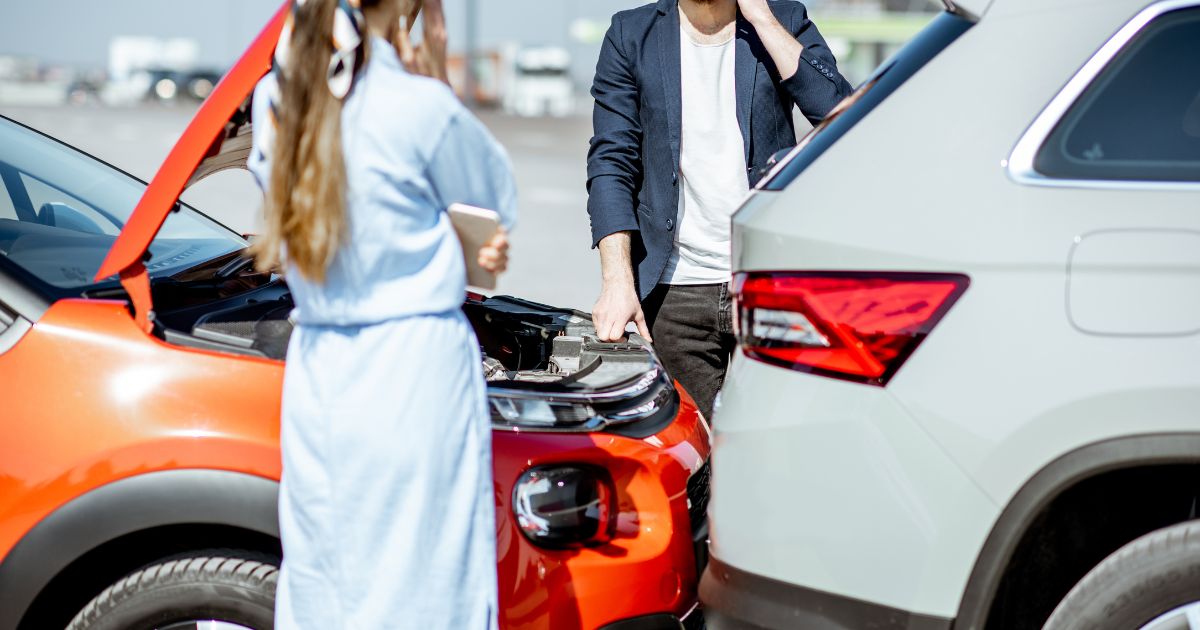Seeing a car accident happen can be unsettling and leave you unsure of how to respond. Your actions in the moments afterward can help those involved and provide valuable details to authorities. Remaining calm, keeping safety in mind, and knowing the steps to take can make the situation safer and better managed for everyone present.
Should I Stop If I See a Car Accident?
If it is safe, pull over in a location well away from moving traffic; turn on your hazard lights to alert other drivers that you are stopped. Stopping allows you to assess whether there are visible injuries, dangerous conditions, or the need to contact emergency services. By remaining at the scene, you place yourself in a position to help others with accurate, firsthand information.
How Should I Call for Help?
Dial 911 and describe the location clearly, using nearby landmarks, mile markers, or intersections. Explain how many vehicles are involved, any visible hazards such as leaking fuel, and whether people appear to need medical assistance. Remain on the line until the operator has all the details.
Is It Safe to Approach the Scene?
Approach only when it can be done without placing yourself in harm’s way. Potential dangers include moving traffic, spilled fuel, broken glass, and unstable vehicles. If the environment appears unsafe, keep your distance and wait for trained emergency responders.
Should I Offer First Aid?
If you have first aid training and the area is safe, you may assist those in need. Avoid moving anyone who could have head, neck, or spinal injuries unless there is immediate danger, such as fire or the risk of explosion. Even without medical training, you can still provide comfort by speaking calmly and letting them know help is on the way.
What Should I Say to the Police?
When law enforcement arrives, give a clear, factual account of what you observed. Include details like the direction of travel, weather or lighting conditions, and any unusual driver behavior you noticed before the collision. Avoid speculating or making guesses about details you did not personally witness. Your observations may become part of an official report that could be used in insurance claims or court proceedings.
Should I Take Photos or Videos?
If it is safe and does not interfere with emergency responders, photographs or videos can help document vehicle positions, road conditions, skid marks, or traffic signals. These images may later assist investigators or insurance adjusters. Avoid obstructing rescue efforts and do not post images publicly without permission from those involved – that could create privacy concerns or legal issues.
Can I Leave the Scene Before Police Arrive?
It is best to remain until officers have taken your statement; leaving early may result in important details being lost. If you must leave due to an urgent matter, give your contact information to the police or another responsible party so they can reach you for follow-up questions.
Do I Have Any Legal Responsibility as a Witness?
While most states do not require bystanders to intervene, you may still be called upon later to give a statement or testify about what you saw. Cooperating with lawful requests can help resolve disputes and clarify the events that occurred. Your account as a neutral observer can be especially valuable in determining fault or confirming timelines.
Should I Speak With Drivers Involved in the Crash?
It is fine to ask if they need medical attention, but avoid discussing how the accident happened or assigning blame. Even casual remarks can be misinterpreted and lead to disagreement later. Keep your communication brief and focused on safety.
Our Knowledgeable Hazlet Car Accident Lawyers at Mikita & Roccanova, LLC Offer Free Consultations
If you need legal guidance, contact our Hazlet car accident lawyers at Mikita & Roccanova, LLC. Call 732-705-3363 or contact us online for a free consultation. We have offices in Hazlet and Highland Park, New Jersey, and serve clients in Ocean County, Sussex County, Neptune, Middlesex County, and Pennsylvania.


